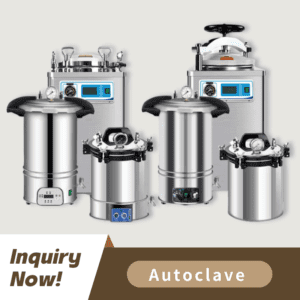
Laboratories need autoclaves to sterilize equipment, media, and waste materials to prevent contamination. Here’s a detailed look at their applications:
Sterilizing Glassware and Instruments: Laboratories require sterilization of glassware including petri dishes, pipettes, and test tubes to avoid experimental contamination. Autoclaving eliminates all microorganisms from every surface.
Before autoclaving glassware scientists wrap it in autoclave-safe paper or put it into sterilization bags to expose it to high-temperature steam.
Sterilized glassware maintains the reliability of experimental data.
Preparing Culture Media: The culture media which supports the growth of microorganisms needs sterilization to prevent contamination. The autoclaving process stands as the superior option for achieving complete sterility in culture media.
Sterilization occurs by putting media into autoclave-compatible containers and heating them to 121°C for a duration between 15 and 20 minutes.
Sterile media provide an uncontaminated environment where desired microorganisms can grow without competition from harmful contaminants.
Decontaminating Biohazard Waste: Laboratories produce biohazard waste items including used culture plates and gloves which require decontamination before they can be disposed of. Autoclaving processes these materials for safe handling and disposal.
The waste enters autoclave-safe bags and undergoes sterilization through intense heat and pressure.
Decontaminating waste lowers exposure risks to dangerous pathogens.
Sterilizing Surgical Instruments: All surgical instruments used in medical and biological research labs need to be sterilized to prevent infections. The recommended technique for sterilizing instruments to eliminate microorganisms is autoclaving.
Researchers clean surgical instruments before they load them into sterilization trays for autoclaving.
Sterilization of instruments allows for their safe application in various experimental procedures and medical procedures.
Using autoclaves in laboratories offers several advantages:
Ensures Sterility: Autoclaves serve as dependable tools for sterilizing equipment and media which helps maintain experimental result accuracy.
Prevents Cross-Contamination: Sterilizing lab equipment keeps experiments separate from each other and protects the quality of research results.
Safe Waste Disposal: Autoclaving biohazard waste eliminates harmful pathogens which safeguards lab workers and protects environmental health.
Hemat Biaya: Autoclaves provide a budget-friendly sterilization process that eliminates reliance on disposable items and chemical sterilants.
Autoclaves offer useful advantages but present certain limitations when used in laboratory environments.
Not Suitable for Heat-Sensitive Materials: Plastics, electronics, and specific chemicals should not be autoclaved because exposure to high temperatures will cause them to melt or degrade.
Time-Consuming: Loading items into the autoclave followed by sterilization and cooling takes time which disrupts laboratory workflow efficiency.
Energy-Intensive: Autoclaves require large amounts of energy which lead to expensive operation costs and negative environmental effects.
Researchers can optimize their autoclave performance by implementing these recommended practices.
Proper Loading: Ensure items are spaced properly inside the autoclave to enable steam circulation without obstruction. When the autoclave chamber is overloaded it may fail to properly sterilize the contents.
Use Autoclave-Safe Containers: Autoclave-safe containers and bags must be designed to endure high temperatures and pressure conditions.
Monitor Cycle Parameters: To achieve effective sterilization perform periodic checks on the autoclave’s temperature settings along with its pressure levels and cycle times.
Maintain Equipment: Perform routine cleaning and inspections on the autoclave to avoid malfunctions and maintain consistent performance.
Autoclaves enable laboratories to maintain sterile environments which protect research precision and the wellbeing of laboratory staff. The sterilization of equipment, media, and waste by autoclaves establishes their fundamental importance in advancing scientific research.
Can I autoclave plastic pipette tips? Only if they are labeled as autoclave-safe. Otherwise, they may melt or deform.
How do I know if my autoclave is working properly? Use biological indicators (spore tests) to verify sterilization effectiveness.
What’s the difference between gravity and vacuum autoclaves? Gravity autoclaves rely on steam displacement, while vacuum models remove air for better steam penetration.

Sterilisasi berfungsi sebagai elemen penting dalam praktik pengendalian infeksi baik di fasilitas kesehatan maupun lingkungan laboratorium. Sterilisasi autoklaf melalui uap terbukti efektif untuk banyak aplikasi tetapi terbukti tidak optimal dalam
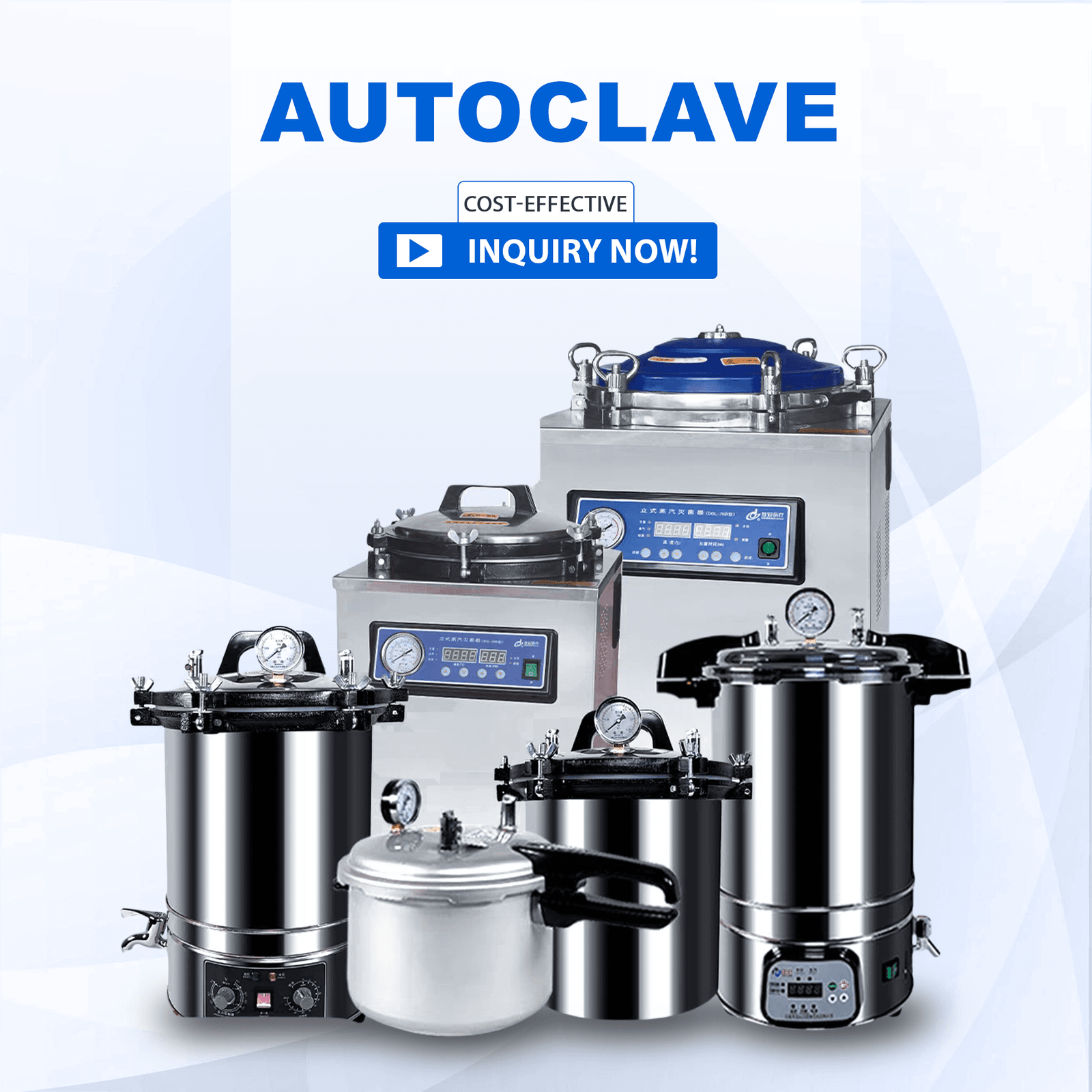
Para profesional medis di seluruh dunia mempercayai autoklaf sebagai alat yang penting untuk memastikan keamanan dan kemandulan instrumen medis. Distributor perangkat medis dan spesialis pengadaan perlu memahami prinsip dan manfaat autoklaf

Kemajuan perawatan kesehatan menjadikannya penting untuk menjaga instrumen medis tetap aman dan steril setiap saat. Distributor, dealer, dan profesional pengadaan alat kesehatan harus memahami metode sterilisasi agar dapat beroperasi secara efektif. Metode sterilisasi yang
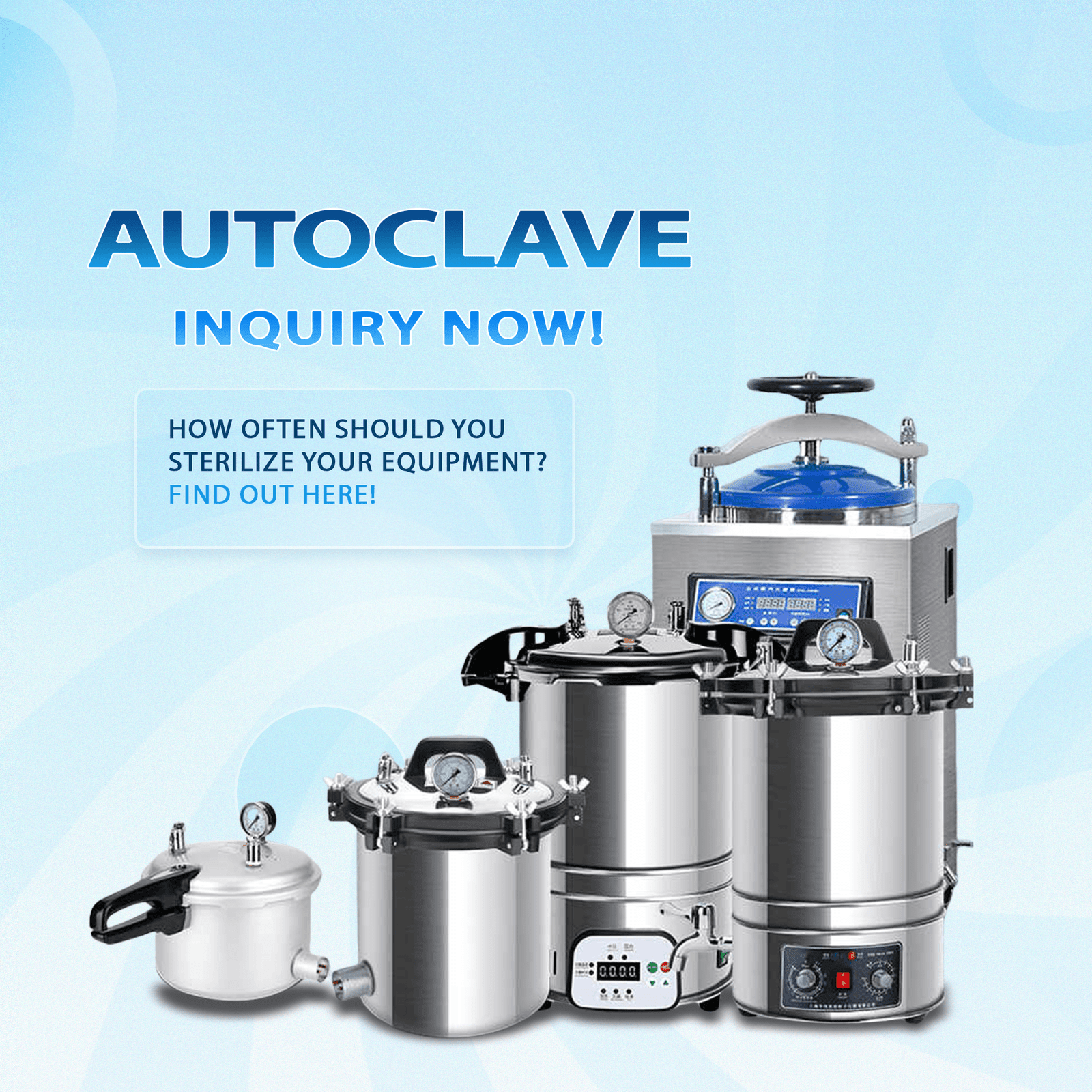
Sterilisasi alat dan instrumen medis membutuhkan autoklaf karena melindungi keselamatan pasien dan memfasilitasi kepatuhan terhadap standar peraturan. Sistem autoklaf yang paling canggih pun masih mengalami keterbatasan tertentu. Distributor perangkat medis,
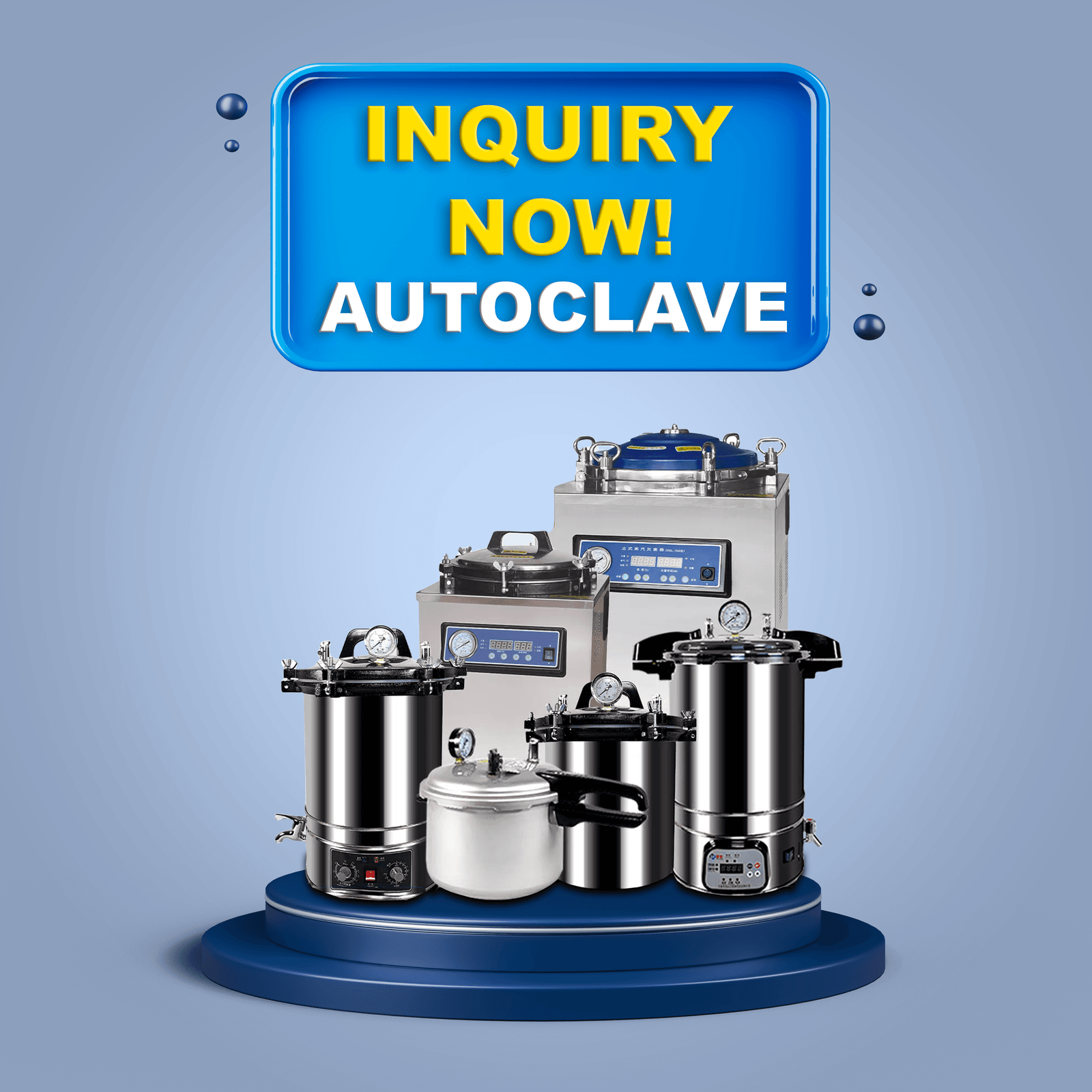
Dalam pembuatan perangkat medis, autoklaf berperan sebagai peralatan penting karena memberikan sterilisasi yang konsisten di berbagai instrumen dan bahan. Autoklaf menggunakan uap jenuh bertekanan tinggi untuk membasmi bakteri, virus, jamur, dan
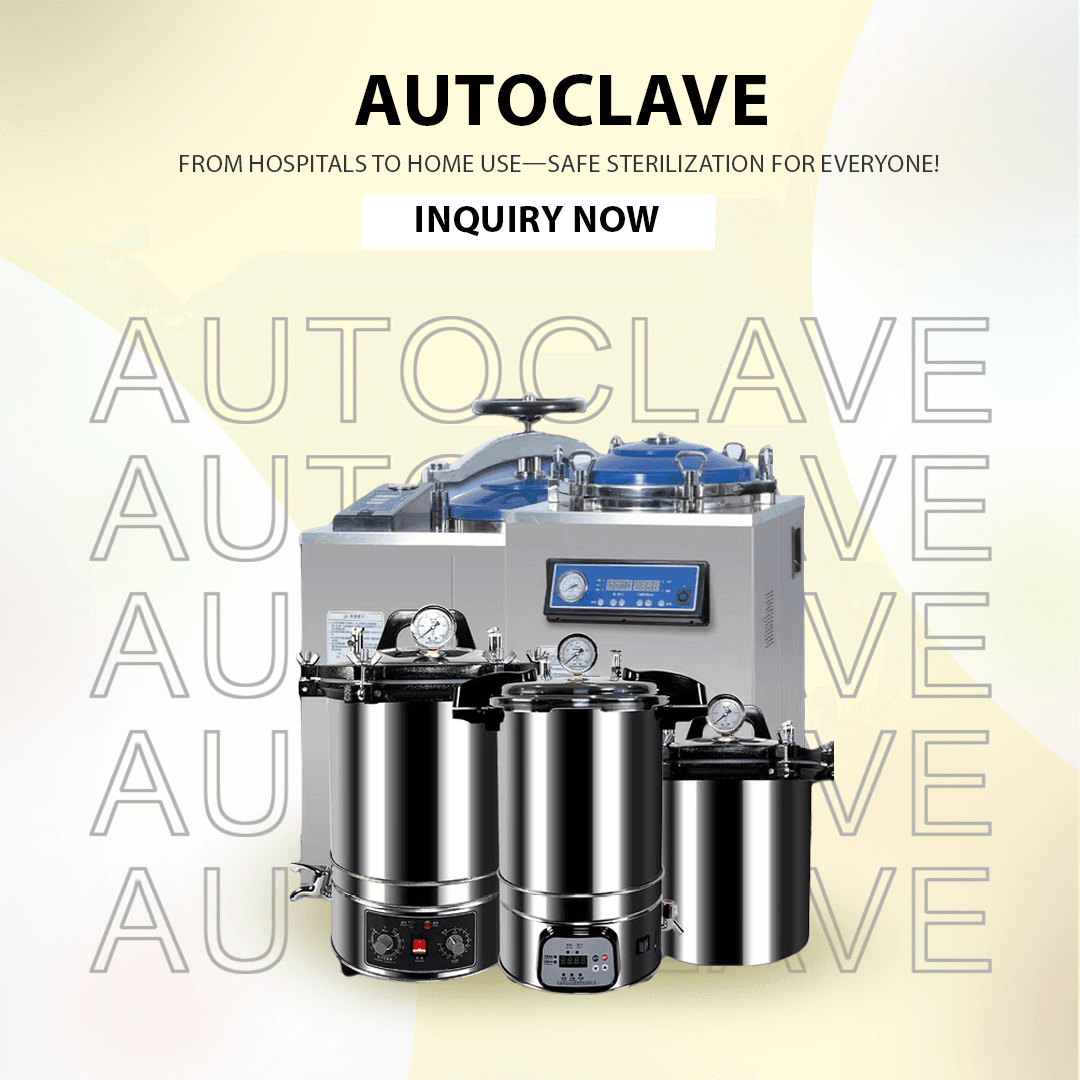
Autoklaf berfungsi sebagai perangkat penting dalam perawatan kesehatan dan lingkungan ilmiah dengan mensterilkan instrumen dan bahan secara konsisten. Distributor peralatan medis bersama dengan dealer dan profesional pengadaan perlu menjaga autoklaf tetap berfungsi